Why is my new tattoo peeling?Getting a new tattoo is an exciting experience, but it’s essential to understand the healing process and aftercare tips to ensure a successful outcome. One common question that tattoo enthusiasts often ask is, “Why is my new tattoo peeling?” The peeling phase of tattoo healing is a natural part of the process, and it is crucial to comprehend why it occurs and how to properly care for your tattoo during this stage. Tattoo peeling typically occurs within the first week after getting inked. This peeling is primarily attributed to the regeneration of the outermost layer of the skin, known as the epidermis. During the tattooing process, the needle punctures the epidermis and deposits ink into the underlying dermis layer.
Consequently, the body perceives this as an injury and initiates a healing response. As the healing process begins, the body produces new skin cells to replace the damaged ones. The old and damaged skin cells start to slough off, resulting in a peeling or flaking sensation. This process is similar to what happens when you experience a mild sunburn or a superficial wound. The peeling phase of a tattoo is an indication that your body is actively regenerating new skin to replace the tattooed area. It is crucial to emphasize that tattoo peeling is a natural part of the healing process and should not cause undue concern. However, it is essential to avoid picking, scratching, or forcibly removing the peeling skin. Doing so may disrupt the healing process, leading to potential complications such as infection or color loss in the tattoo. To properly care for your peeling tattoo, follow these aftercare tips:
- Keep it clean: Gently wash your tattoo with a mild, fragrance-free soap and lukewarm water. Avoid using harsh cleansers or scrubbing the area vigorously, as this can irritate the skin.
- Moisturize regularly: Apply a thin layer of tattoo-specific aftercare ointment or fragrance-free moisturizer to keep the tattooed area hydrated. This helps prevent excessive dryness and further peeling.
- Avoid direct sunlight: Protect your healing tattoo from prolonged exposure to the sun. Ultraviolet (UV) rays can fade the tattoo ink and potentially cause skin damage. If you need to be outside, use a high SPF sunscreen and cover the tattoo with loose clothing.
- Resist the urge to scratch: It’s normal for the peeling skin to feel itchy, but refrain from scratching or picking at it. Instead, lightly tap or pat the itchy area to alleviate the discomfort.
- Stay hydrated: Drinking an adequate amount of water promotes overall skin health and aids in the healing process. Hydrated skin is less prone to excessive peeling and dryness.
- Follow your artist’s instructions: Your tattoo artist will provide specific aftercare instructions tailored to your tattoo. It is crucial to follow their guidance to ensure proper healing and minimize complications.

How long does the peeling phase of a tattoo last?
The peeling phase of a tattoo is a crucial part of the overall healing process, and understanding its duration is essential for proper aftercare. When it comes to tattoo peeling, it is important to note that individual experiences may vary, as factors such as tattoo size, location, and personal healing abilities can influence the timeline. However, on average, the peeling phase typically lasts approximately one to two weeks. During the initial healing stages of a tattoo, which typically last around two weeks, the skin undergoes a series of changes as it regenerates and repairs itself.
The peeling phase usually occurs during the second week after getting a tattoo, following the initial swelling and scabbing stages. The peeling process is a natural part of the body’s healing mechanism, as the top layer of the tattooed skin begins to shed. This shedding is similar to that experienced during a sunburn. As the skin cells regenerate, the outermost layer becomes dry, tight, and may appear flaky or even start to crack. It is crucial to resist the urge to pick, scratch, or peel the skin forcefully during this phase, as it can lead to complications, such as scarring or color loss. Proper aftercare is paramount to ensure a healthy and successful healing process. It is recommended to follow the guidance provided by your tattoo artist, as they are knowledgeable about your specific tattoo and its requirements. However, some general aftercare tips during the peeling phase include gently washing the tattooed area with mild, fragrance-free soap and lukewarm water. Patting the area dry with a clean, soft towel is crucial to avoid any abrasion or irritation. Moisturizing the tattooed skin is also essential during the peeling phase.
Opt for a tattoo-specific aftercare product or a fragrance-free, hypoallergenic lotion recommended by your tattoo artist. Applying a thin layer of moisturizer several times a day helps keep the skin hydrated and aids in the healing process. Be mindful not to over-moisturize, as excessive moisture can hinder the peeling process. It is important to note that every tattoo heals differently, and individual experiences may vary. Factors such as skin type, the intricacy of the design, and the skill of the tattoo artist can also influence the healing process. Therefore, it is crucial to consult with your tattoo artist or a medical professional if you notice any unusual symptoms or have concerns about the healing progress. In conclusion, the peeling phase of a tattoo typically lasts around one to two weeks. It is an integral part of the healing process, during which the skin sheds its top layer. Proper aftercare, including gentle washing, moisturizing, and avoiding picking or scratching, is crucial to ensure a successful healing outcome. Remember to follow the specific aftercare instructions provided by your tattoo artist to optimize the healing process and preserve the integrity of your tattoo.

What is the tattoo healing process like?
The tattoo healing process is an essential part of getting a tattoo, as it ensures the proper recovery and longevity of the artwork. Understanding what the tattoo healing process entails can help individuals navigate through this crucial phase and take necessary precautions to ensure optimal healing. So, let’s delve into the intricacies of the tattoo healing process and gain valuable insights into what it’s like. Immediately after getting a tattoo, the healing process begins. The tattoo artist will clean the freshly tattooed area and apply a thin layer of ointment to protect it. They will then cover the tattoo with a sterile bandage or plastic wrap to shield it from external contaminants. This initial stage of healing is crucial for preventing infections and promoting the initial healing response. Over the next few hours, the body’s natural healing mechanisms kick in.
The tattooed area may start to swell, become red, and secrete excess plasma, which is a clear fluid that aids in the healing process. This discharge is normal and forms a protective layer over the tattoo, preventing it from drying out too quickly. Within a day or two, the tattoo will enter the peeling stage. This is when the outermost layer of the skin, known as the epidermis, begins to shed. The tattooed area may appear dry, scaly, and itchy during this phase. It is crucial to resist the temptation to scratch or pick at the tattoo, as this can disrupt the healing process and potentially cause scarring. The peeling stage typically lasts for about a week, during which the tattoo will gradually shed its excess skin. It’s important to keep the tattoo clean and moisturized during this time. Using a mild, fragrance-free soap and lukewarm water, gently cleanse the tattooed area twice a day, pat it dry with a clean towel, and then apply a thin layer of tattoo-specific ointment or a fragrance-free moisturizer. As the peeling subsides, the tattoo will enter the final stage of healing, which involves the regeneration of the epidermis. The tattooed area may still feel slightly raised or rough to the touch as the new skin cells continue to develop. This is a normal part of the healing process and should gradually diminish over time. During the entire healing process, it is crucial to protect the tattoo from excessive sun exposure, harsh chemicals, and abrasive materials.
Direct sunlight can fade the tattoo and hinder the healing process, so it’s recommended to keep the tattoo covered or apply a broad-spectrum sunscreen with a high SPF when going outside. Additionally, avoid soaking the tattoo in water, such as swimming pools or hot tubs, as it can introduce bacteria and prolong the healing process. Each person’s healing process may vary slightly, depending on factors such as the size and location of the tattoo, individual skin type, and overall health. However, by following proper aftercare instructions provided by the tattoo artist and maintaining good hygiene practices, one can ensure a smooth and successful healing process. In conclusion, the tattoo healing process is a multi-stage journey that involves initial protection, peeling, and regeneration of the skin. By understanding what to expect during each phase and practicing diligent aftercare, individuals can promote proper healing and maintain the vibrancy and integrity of their tattoos for years to come. Remember to consult with a professional tattoo artist for personalized aftercare instructions and promptly seek medical attention if any signs of infection or complications arise.

Are there any risks associated with peeling tattoos?
Peeling is a natural part of the tattoo healing process, but it is crucial to recognize that there are potential risks associated with this stage. While tattoos have become increasingly popular as a form of self-expression, it is essential to understand the potential complications that may arise during the peeling phase. This article aims to shed light on the possible risks involved and provide insights into minimizing them. By familiarizing ourselves with these risks and adopting proper aftercare practices, we can ensure a safe and successful healing process.
- Infection:
During the peeling stage, the skin becomes more vulnerable, creating an ideal environment for bacterial or fungal infections to occur. When the tattooed skin starts to flake and peel, it may cause small openings in the epidermis, which can serve as entry points for harmful microorganisms. Consequently, improper aftercare practices, such as touching the tattoo with unclean hands or applying contaminated products, can increase the risk of infection. It is crucial to maintain strict hygiene protocols and use recommended tattoo aftercare products to minimize the possibility of infection. - Delayed Healing:
Peeling tattoos that are not adequately cared for may experience delayed healing. Excessive scratching or picking at the flaking skin can disrupt the delicate healing process, leading to further skin damage and prolonged recovery time. Additionally, exposing the tattooed area to excessive moisture, direct sunlight, or abrasive materials can also impede the healing process. To prevent delays in healing, it is crucial to follow the instructions provided by a professional tattoo artist and to avoid any activities or substances that may hinder the natural healing progression. - Scarring:
While it is relatively uncommon, peeling tattoos can occasionally result in scarring. Aggressive or improper removal of the flaking skin, excessive scratching, or the use of harsh products can damage the underlying layers of the skin, leading to scar tissue formation. Tattoo placement, skin type, and individual healing processes can also contribute to the likelihood of scarring. To minimize the risk of scarring, it is essential to gently moisturize the peeling skin and refrain from picking or scratching at the tattooed area. - Allergic Reactions:
Peeling tattoos may expose the body to potential allergens present in the tattoo ink or aftercare products. Some individuals may be predisposed to allergic reactions, which can manifest as redness, swelling, itching, or rashes. If you notice any unusual symptoms during the peeling phase, it is important to consult a healthcare professional promptly. Allergic reactions can vary in severity, and a healthcare professional will be able to provide appropriate advice and treatment options.

What can I do to promote proper healing and prevent excessive peeling?
Promoting proper healing and preventing excessive peeling are crucial aspects of aftercare when it comes to getting a tattoo. Understanding the healing process and implementing effective strategies can significantly contribute to the overall success of your tattoo experience. In this article, we will explore various techniques and tips to promote proper healing and minimize peeling.
- Follow the artist’s instructions: After getting a tattoo, your artist will provide you with specific aftercare instructions. It is vital to follow them meticulously to ensure proper healing. These instructions often include washing the tattoo gently with mild, fragrance-free soap, applying a thin layer of recommended ointment or moisturizer, and avoiding excessive exposure to sunlight or water.
- Keep the tattoo clean: Maintaining cleanliness is essential for preventing infections and promoting healing. Clean the tattooed area with lukewarm water and a gentle soap or cleanser twice a day. Avoid using abrasive materials or excessive force while washing to prevent irritation.
- Moisturize regularly: Keeping your tattoo adequately moisturized is crucial in preventing excessive peeling. Apply a thin layer of tattoo-specific moisturizer or unscented lotion after washing the tattoo. This helps in maintaining the skin’s hydration and preventing it from becoming dry and flaky.
- Avoid picking or scratching: It can be tempting to scratch or pick at the tattooed area when it starts to peel. However, this can disrupt the healing process and increase the risk of infection. Refrain from scratching or picking at your tattoo, even if it feels itchy. Instead, gently tap or pat the area to relieve the itchiness.
- Protect from the sun: Excessive sun exposure can damage the tattooed skin and prolong the healing process. UV rays can fade the colors and cause skin irritation. Shield your tattooed area from direct sunlight by wearing protective clothing or using a broad-spectrum sunscreen with a high SPF.
- Avoid soaking in water: While it’s important to keep your tattoo clean, it’s equally important to avoid excessive water exposure, especially during the initial healing stages. Submerging your tattoo in swimming pools, hot tubs, or baths can soften the scabs and cause them to come off prematurely, leading to excessive peeling and potential color loss.
- Be mindful of clothing choices: Opt for loose-fitting clothing made from soft, breathable fabrics to prevent friction and irritation against your tattoo. Tight clothing can rub against the tattooed area and exacerbate peeling and discomfort.
- Stay hydrated and maintain a healthy lifestyle: Proper hydration is crucial for maintaining healthy skin and aiding in the healing process. Drink an adequate amount of water daily to keep your body and skin hydrated. Additionally, adopting a healthy lifestyle, including regular exercise and a balanced diet, can contribute to optimal healing and skin rejuvenation.
- Avoid intense physical activities: During the healing period, it is advisable to refrain from participating in activities that may cause excessive sweating or friction against the tattooed area. Activities such as intense workouts, contact sports, or activities that involve prolonged exposure to dirt or grime should be avoided to minimize the risk of infection or irritation.
- Follow up with your tattoo artist: If you have any concerns or questions during the healing process, don’t hesitate to reach out to your tattoo artist. They have the expertise and experience to provide guidance and address any issues that may arise.

When should I be concerned about my tattoo peeling?
Tattoo peeling is a natural part of the healing process, but it’s important to understand when it’s normal and when it might indicate a problem. While some level of peeling is expected during the tattoo healing process, excessive or prolonged peeling can be a cause for concern. In this article, we will explore the factors to consider and the signs that may indicate a need for further attention during the tattoo peeling phase. After getting a tattoo, the skin undergoes a series of healing stages. Initially, the tattooed area will form a protective layer called a scab, which helps shield the underlying skin as it heals. As the healing progresses, the scab will naturally start to peel away, revealing fresh, new skin underneath.
This peeling process usually occurs within the first week or two after getting a tattoo. However, it’s important to note that individual healing times can vary. While some level of peeling is expected and normal, there are certain signs that may indicate a need for concern. If your tattoo peeling is accompanied by severe pain, excessive bleeding, pus, or a foul odor, it is crucial to seek immediate medical attention. These symptoms can be indicative of an infection, which requires prompt treatment to prevent further complications. Another factor to consider is the extent of the peeling. Small flakes or thin layers of skin peeling off are generally considered normal. However, if large chunks of skin are coming off or if the peeling persists for an extended period, it could be a sign of an underlying issue. In such cases, it is advisable to consult with a professional tattoo artist or a healthcare provider to assess the situation. Additionally, the color and appearance of the peeling skin can provide important insights into the healing process. If the peeling skin exposes areas of faded or distorted tattoo ink, it might indicate poor healing or potential damage to the tattoo. In such instances, it’s best to consult with your tattoo artist, as they can provide guidance on appropriate aftercare measures or recommend touch-up sessions if necessary. Proper aftercare plays a crucial role in the healing process and can help minimize complications.
It’s important to follow the aftercare instructions provided by your tattoo artist, which typically include gentle washing with mild soap, avoiding direct sunlight, refraining from scratching or picking at the tattoo, and applying a recommended moisturizer or ointment. Neglecting proper aftercare can increase the risk of excessive peeling or other complications. In conclusion, while some level of peeling is expected during the tattoo healing process, it’s important to pay attention to any signs that may indicate a need for concern. Severe pain, excessive bleeding, pus, foul odor, large chunks of skin peeling off, prolonged peeling, or distorted tattoo ink exposure are all indications that warrant further attention. By being aware of these signs and following appropriate aftercare measures, you can ensure the optimal healing of your tattoo and minimize the risk of complications. Remember, if in doubt, it is always best to consult with a professional tattoo artist or a healthcare provider for guidance and reassurance.

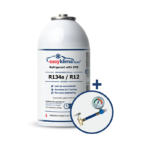
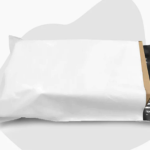













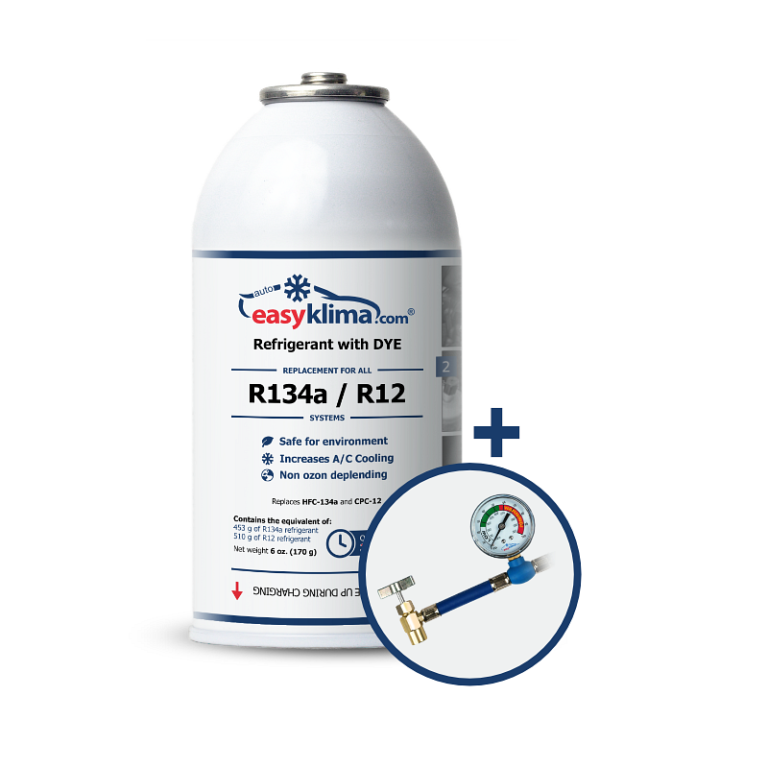
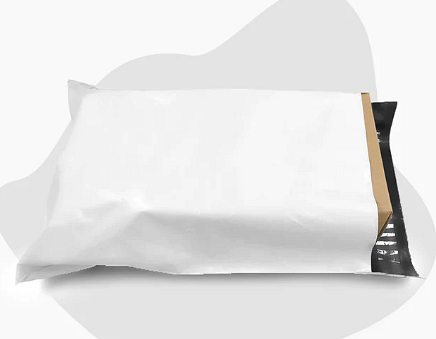

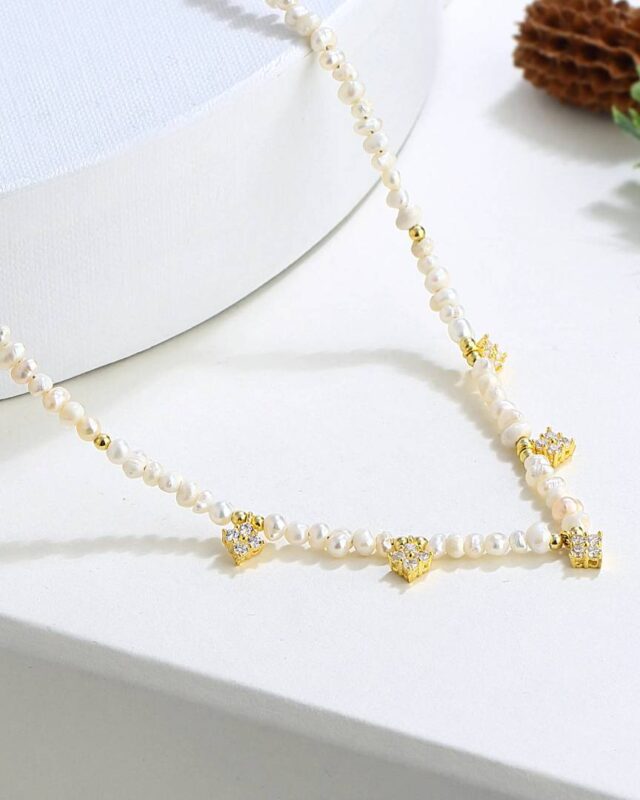


+ There are no comments
Add yours